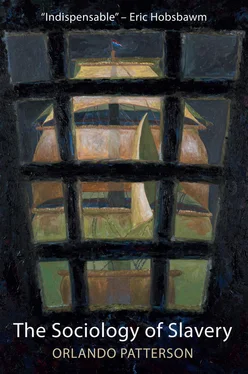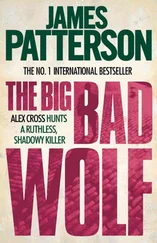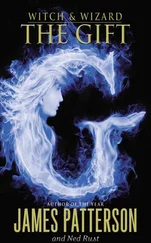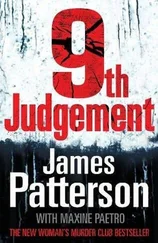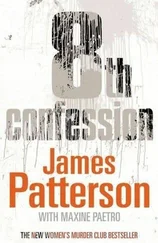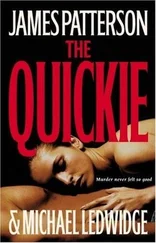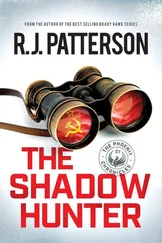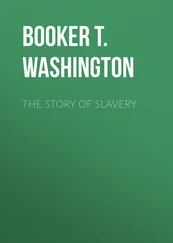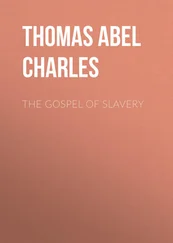An important and growing number of works have brought sex and gender to the forefront of doulotic studies. 31 The Sociology of Slavery was the first modern book on Jamaica, and the second (after Goveia) on the West Indies more broadly, to discuss at length the triple exploitation of enslaved women on the plantation – their disproportionate representation in the fields and limited occupational opportunities, the sexual abuse of their bodies, the burdens of reproduction – and their sometimes anti-natalist attitudes as a form of resistance against the system. 32I wouldn’t presume to think that my work influenced the many fine studies on women in Jamaican slavery that followed it, 33but this I can say: the study of their plight in Jamaica was first explored in The Sociology of Slavery . While this emphasis on gender is to be applauded, I am somewhat concerned with the overemphasis of most of these works on the late abolitionist era of slavery. In this regard, the works of Kathleen Wilson, 34Katie Donington 35and Diana Paton 36show that there is no shortage of data for the study of gender in the early 18th-century period of the society. Some authors have also been inclined to defend the sexual virtue and heroism of enslaved women, and their presumed propensity for the nuclear family, as if their survival under the genocidal and rapine conditions of slave life were not enough.
Rhoda Reddock’s bracing Marxist–feminist studies have stoutly challenged this historiographic line. 37The attempt to impose the Western nuclear family on West Indian working-class women, she shows, has failed, both during and after slavery by missionaries and middle-class do-gooders, and one lesson she draws from her comparative study of Caribbean slavery is that ‘Love of motherhood was neither natural nor universal.’ 38The works of Randy M. Brown, 39mainly on Berbice, of Patricia Mohammed 40on Jamaica, and of Kamala Kempadoo on the Caribbean, 41have forcefully advanced this realistic and unsentimental feminist agenda, which recognizes that among poor and working-class Caribbean women from the period of slavery until today, as Kempadoo well puts it: ‘Sexuality is strongly linked to survival strategies of making do, as well as to consumption, which in itself is often seen as a prerequisite for survival. It is not always conflated with intimacy or love, nor necessarily, when economically organized, seen to violate boundaries between the public and private.’ 42My work on Jamaican slavery, as well my ethnographic field studies of the Kingston poor in the early 1970s, fully bear this out, and I make no apologies for pointing out that sex work was one of the strategies of survival by enslaved women in the misogynistic nightmare of Jamaican slave society. Slavery was drenched in violence, rape an integral part, and tragically, the violence of the enslaver against the enslaved seeped down like a viper’s poison through the veins of the entire system, deep into the relations among the enslaved themselves, especially between older, more advantaged enslaved men and women, intimate violence that we still live with in the West Indies, especially Jamaica, where violence against women, members of the LGBTQ community, and other vulnerable groups, is endemic.
The works of Michael Craton deserve mention in any review of the literature on Jamaican and broader Caribbean slavery, if for no other reason than its prolificity, especially his works on Worthy Park. The Sociology of Slavery was the first work to use materials on Worthy Park. I had been told of their existence by a friend who had worked in the offices of the estate and, when I visited it in 1964, I was provided with a box of materials on the enslaved and space to work on them. I had expected more from what my friend had told me, but thankfully made the most of what I had been handed. I was very surprised when I read the announcement of a book on the plantation in late 1969, to be published the following year. 43I was then a lecturer at the University of the West Indies and a colleague of the distinguished Jamaican economist, George Beckford. We immediately developed a joint research project focusing on the historical development and present socio-economic structure of the plantation, went to Worthy Park and sought permission from the owners to conduct our research. We were flatly denied access to the family papers and most of the archives, although told that we could do what we wanted with the workers. 44Eight years after the first, dominion-type study, Craton’s large doulotic study of the plantation appeared. 45Craton and Walvin are not to be blamed for the denial of access to us of the estate’s papers, which was quite consistent with the racist attitudes of the Jamaican planter class. Although critical of the repeated unctuous posturing towards favoured members of the Caribbean academic community, and several analytic flaws, my review of the work was generally favourable, my judgment being that he was ‘not only a first-rate historian but acute observer of contemporary mores’. 46Unfortunately, that view had to be changed after it became evident from later works that Craton was a repeatedly dishonest scholar. Sidney Mintz, the eminent, well-tempered Caribbeanist, has upbraided him for his habit of appropriating ‘concepts developed and legitimized by other scholars whose works are well known’, while citing them for trivial contributions many pages later, as in his appropriation of the Australian anthropologist Peter Wilson’s concepts of reputation and respectability in Eastern Caribbean peasant life. 47Mintz is also unsparing in pointing out Craton’s other academic flaws and pretensions in the course of a devastating critique of his book on slave revolts, noting passages that are ‘ill-informed or evasive’, ‘misleading’, and the ‘insouciant use of concepts unfamiliar to the author’. In another work Craton subjected Mintz himself to this duplicity, prominently entitling a paper on slave revolts ‘Proto-Peasant Revolts?’ The concept of the Caribbean slave as a proto-peasant was conceived and fully developed by Mintz and well known to Caribbeanists but unlikely to be known to the readers of Past and Present , who would only be informed near the end of the paper that Mintz had ‘coined’ the term without citing the Mintz paper, where it was clearly evident that he had done more than simply ‘coined’ the term, instead citing a paper Mintz had co-authored with Douglas Hall. 48Perhaps the most egregious act of academic deceit committed by Craton was his report of my interpretation of the personality of the Jamaican enslaved in their interaction with their enslavers, discussed at length in Chapter 6, Section 5of The Sociology of Slavery. There I pointed out that there was a stereotype of the enslaved known as ‘Quashee’ in Jamaica, equivalent to the U.S. slaveholders’ infantilized stereotype of the African American enslaved, known as ‘Sambo’, that had recently been made famous, for many infamous, by the American historian Stanley Elkins. My argument, which in one crucial respect was critical of Elkins, was that Quashee, far from reflecting the true nature of the enslaved, was a case of the enslaved ‘playing fool to catch wise’, in the words of a famous Jamaican proverb and was, in fact, a psychological mode of resistance or what James C. Scott later called a ‘weapon of the weak’ in a work that correctly cites my view of the subject. 49Incredibly, Craton reported in one of his papers that: ‘Patterson describes the Quashy as a slave who fulfils the masters’ degrading stereotype of the Negro; lazy, deceitful, temperamental, childlike if not dog-like’ – an interpretation apparently reinforced by the modern Jamaican epithet ‘Quashy Fool’ for what Englishmen would call ‘an ignorant peasant’. 50This is the exact opposite of my argument, which, as pointed out earlier, was included in a well-known collection of critical works on Elkins! 51What does one make of a scholar who writes many presumably major works yet is so repeatedly dishonest? I leave it to the community of historians of Caribbean slavery to decide.
Читать дальше
